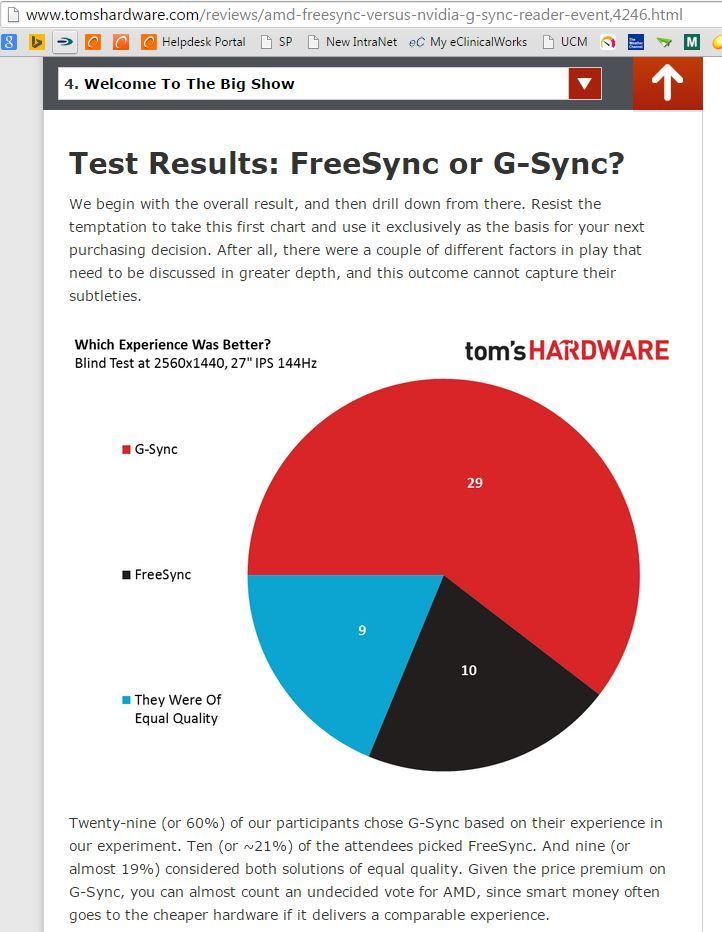Evernessince
Posts: 5,469 +6,160
I wonder if anyone has done a "trickle-down" study on GPUs...
That is, does overall market share in any way reflect what is happening at the top end?
IE: If FuryX was outselling Titan/980Ti, would we see a corresponding boost in the rest of their cards?
I ask this because while everyone seems to be focusing on the FuryX/980, clearly the vast majority of cards being sold are the "baby brothers" of these cards...
There's only a "trickle-down" effect if the cards in the lower end have the same architecture as the higher end. In Nvidia's case this is true but not for AMD. AMD would sell more if they had released an entire product line based on Fiji. Either AMD doesn't have the resources (very likely) or they are putting everything into their next-gen cards. At this point it would really benefit AMD to be bought by a company like samsung who can provide fabs and money while AMD provides graphic and CPU IP for Samsung's various tablets and devices.


